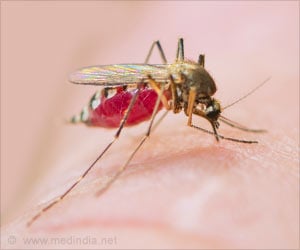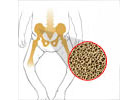
‘Iron deficiency is the most common nutrient deficiency globally with approximately four to five billion people suffering from it. Anemia, if left untreated significantly impacts quality of life and life expectancy.’
Tweet it Now
The July 7-8 convention held at the Peninsula Hotel, Manila in Makati City drew over a hundred participants from Indonesia, India, Malaysia, Sri Lanka, Vietnam, Singapore and the Philippines, while renowned experts from Canada, Austria, Germany, and Australia flew in to discuss growing concerns over anemia especially since it continues to be one of the most pressing health issues in Asia. In fact, the World Health Assembly has adopted a comprehensive implementation plan to achieve six global nutrition targets with one of the specific aims being to achieve a 50 percent reduction in the rate of anemia in women of reproductive age by 2025. Prof. Zulfiqar Ahmed Bhutta, Chair in Global Child Health at the Hospital for Sick Children, Toronto as well as Founding Director of the Centre of Excellence in Women and Child Health, at the Aga Khan University and keynote lecturer in the Anemia Convention, noted the staggering statistics on anemia and its prevalence in Asia. "When you look at the maps of the distribution patterns of anemia, in infants and children from the most recent estimates that we have, it's not too difficult to see that the vast majority of the world's regions affected are the regions we are sitting in - South Asia, South Central Asia and Southeast Asia, also Africa," he said. "In numeric terms, if you look at women of reproductive age between 15 and 49, the figure becomes a little bit more dramatic.
In Southeast Asia, there are 202 million affected women with anemia and in Western Pacific, about 100 million. 41.8 percent of pregnant women and almost 600 million preschool and school-age children globally are anemic whereof nearly 60 percent of pregnant and around half of children cases are attributable to iron deficiency," he continued. Prof. Bhutta cited the Institute for Health Metrics and Evaluation (University of Washington): The Global Burden of Diseases, Injuries and Risk Factors (GBD) 2010 study showed that at a global level and between 1990 and 2010, the burden that the world has with concomitant iron deficiency anemia and related to nutritional factors remains large. Iron deficiency is the most common nutrient deficiency globally with approximately four to five billion people suffering from it.
As WHO states, "it constitutes a public health condition of epidemic proportions." Data on global anemia trends also showed that between 1995 and 2013, there has been no dramatic change on anemia statistics despite the range of interventions. This is seen to be attributable to nutritional anemia. The Anemia Convention stated that both iron deficiency (ID)) and IDA are the major challenges in Asia.
"Having an Anemia Convention is extremely important because anemia and iron deficiency are extremely common. In India, there is a need to do more than what is being done by the government and also when it comes to patient education," Dr. Dhara Shah, Associate Director for Medical Affairs at Merck Group India, noted. Merck, a leading science and technology company in healthcare, life science and performance materials, spearheaded the Anemia Convention 2017 to provide a platform for healthcare professionals to share their expertise, exchange views and discuss about the impact of ID and IDA on quality of life and on trends on iron supplementation in the context of anemia. The Convention likewise serve as an educational springboard for participants to take the learnings back to their markets and cascade them to their fellow Health Care Professionals to further build understanding and awareness. "Merck is committed to the education and awareness around Anemia.
Advertisement
Merck intends to address this global burden by being a key player in promoting overall blood health to combat iron deficiency anemia and help alleviate its impact. Merck's support of medical education, one of which is through the Anemia Convention, complements the company's We100 purpose which aims to help prepare society for a new era where people live healthier and longer-well beyond 100 years.
Advertisement














